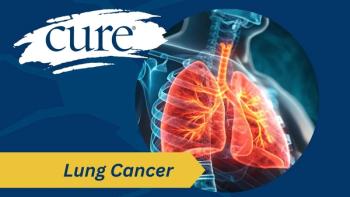
A Cancer Survivor's Thoughts on Processed Meat
The recent World Health Organization announcement classifying processed meat as a Group 1 carcinogen isn't really news. It's just common sense.
As someone who fought cancer for 10 years, I credit my survival, in part, to doing a lot of research, putting together disparate, often conflicting information into something I can understand and use. When someone is diagnosed, they of course turn to “Dr. Web” and soon come to a realization. The “popular” sites, including some very reputable ones, seem to parrot the same few statistics and phrases over and over. If you venture onto the “hard core” medical sites, to most mere mortals (I exclude nurses, statisticians and medical transcriptionists from the “mere” category!), there is little hope of understanding the welter of jargon, numbers and multi-syllabic Latin tongue twisters.
One of the things I try to bring to the table, as a tiny payback for the gifts I’ve been given by others in my own fight, is a modest ability to take complicated information and explain in a simpler, more digestible way. So when the stories broke recently about the World Health Organization’s (WHO) proclamation that processed meat was being classified as a Group I carcinogen, I thought I’d be able to do a lot of research, apply my talents, and produce a simple, clear, logical set of words that would be of use to many people.
Except that I don’t have to. WHO beat me to it.
There is an excellent set of questions and answers on WHO's
As I was digging for facts and verifying data, I read the whole article in
Stepping back a bit, all of this is really old news: WHO is really confirming information it first provided in 2002. It also has a rather grisly list in the Q&A of other, higher-risk cancer threats including tobacco, alcohol and air pollution. None of this should surprise anyone in modern society — cigarettes being referred to as “coffin nails” started in the late 1800s. The link between alcohol and liver cancer is just as well known. Our society clearly understands, at a theoretical level, the link between toxins and cancer. We just aren’t afraid enough of it for our behavior to be modified. Sure, smoking is down, a lot, from the 1950s. Yet, according to the
In a post on my Taking Vienna blog, I write about how I distilled all my research, experience and insight into
You don’t have to live like a saint, in pristine isolation, eating 100 percent-pure whole grains and thinking only clean thoughts. In fact, an occasional glass of red wine, a beer or a piece of chocolate might actually be good for you. An weekly strip of bacon or a ham sandwich? Probably OK. A steady diet of hot dogs and sausage? Probably not OK. Imbibing raw toxins? Definitely bad idea — unless you’ve already got cancer, in which case we call that a “treatment.” Take some advice from a guy who’s had a LOT of treatments. Do the more smart/less stupid deal. It’s easier, more pleasant, and less fatal.
Besides the other wonderful blogs on Cure Today’s site, I hope you'll visit my




